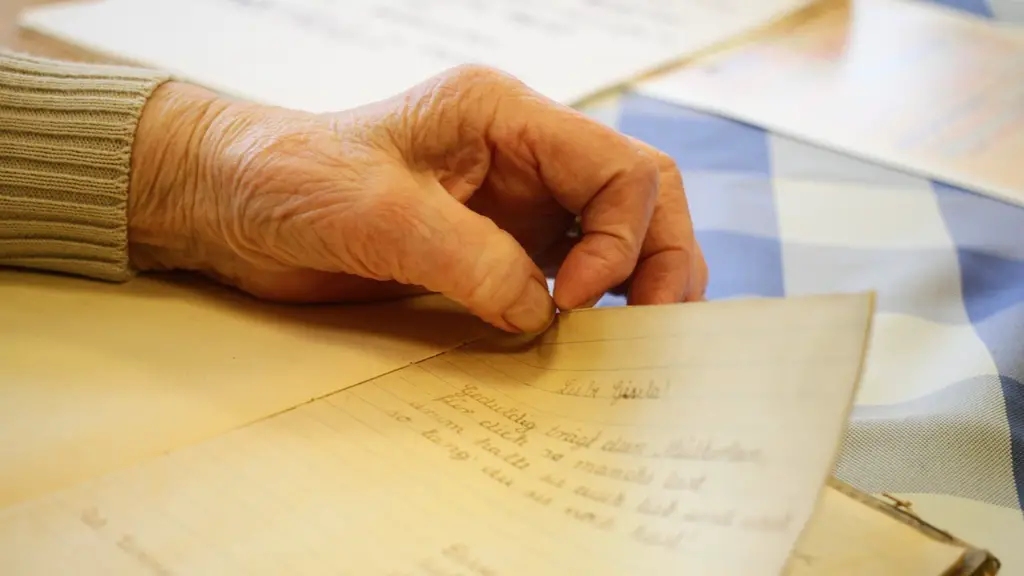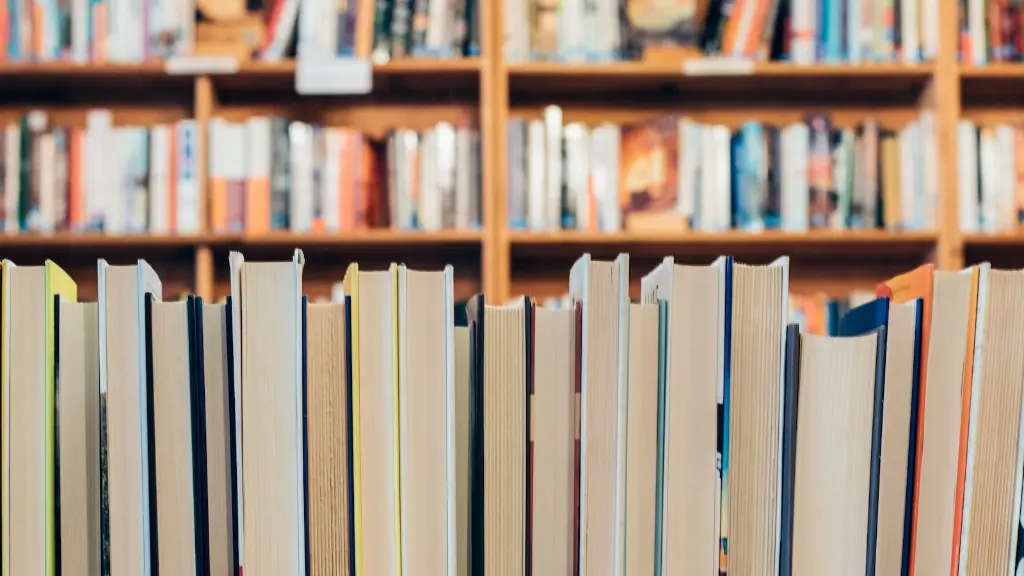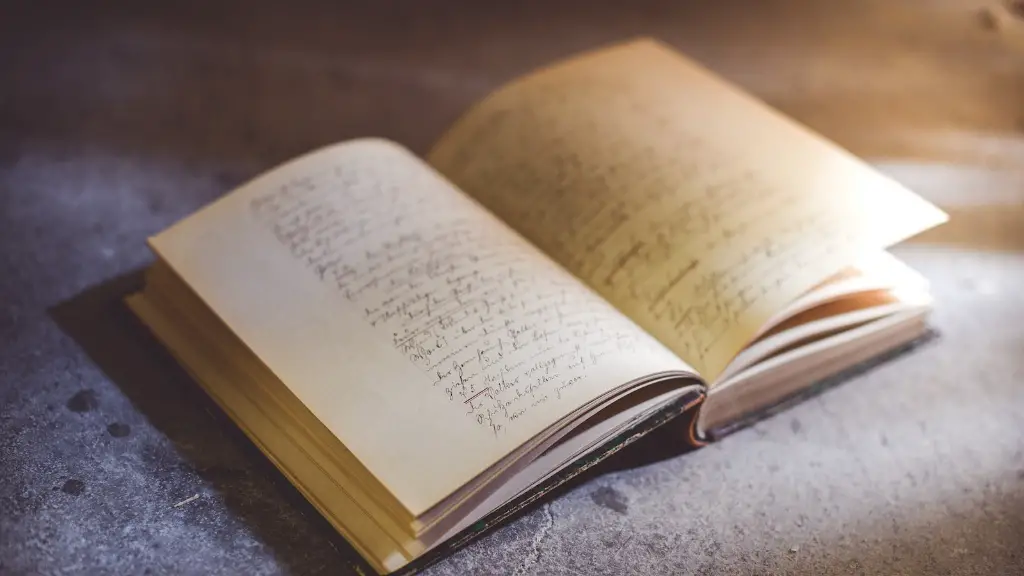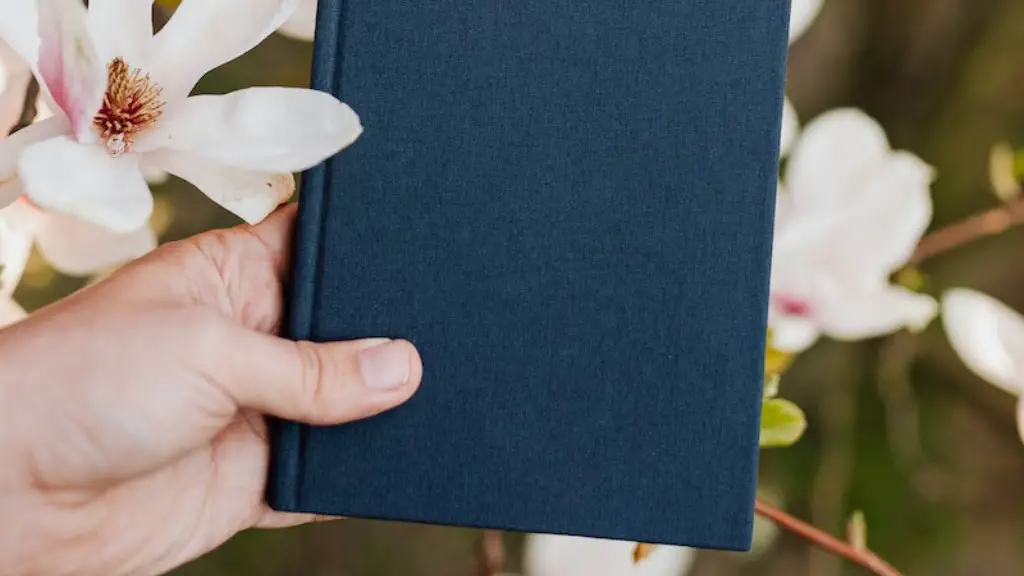Music has been dubbed to be the soul of poetry, an essential component to the words used to craft those finely written verses of poesy. Ancient authors used music to lyricalize their poetry, as spoken verse depends heavily on a metrical system or ‘music of the words’ in order to ‘sing’ the beautiful narratives alive. From rhyme and alliteration to iambic pentameter, music and melody has been used for centuries to make the poetry more graceful and distinct. This type of music is aptly known as Musical Devices in poetry.
Rhythm
Rhythm is the most important music device in poetry because it creates an effortless flow of lyricism in the verse. It is the sound we feel in our hearts when we draw sound to our lips to sing a tune. Poets use words to create this rhythm such as anapests, dactyls and trochees which can be created with a combo of short and long syllables, or stressed and unstressed syllables. For example: farewell, be well, the spondee ‘de’ creates the music of the line; when the poem is read aloud with a combination of stressed and unstressed syllables, it has a beautiful rhythm or beat which creates a sense of enthusiasm and passion in the reader.
Pitch
Pitch is another important musical device in poetry used to create emphasis and draw attention to certain words or phrases. It is usually accomplished by using long, lyrical vowel sounds to create a high pitch which can be easily heard. Through the use of pitch, poets can emphasize certain words or phrases to draw attention to the emotions conveyed in their writing. Pitch is also used to evoke emotion and build suspense in the poem. Take for example: “The fires rage on and the hurt goes deep.”
Volume
Volume is another musical device used in poetry to create a sense of power and intensity in the verse. By increasing the volume, poets are able to emphasize certain words and make them stand out. To achieve this, poets use lengthy, intense words and phrases that give a sense of grandness and volume to the poem. An example of this is the phrase: “In a roar of flames and thundering drums”.
Rhymes
Rhyme is a musical device that has been used extensively in poetry since ancient times, and is still popular today. Rhyme helps to create a rhythmic feeling as the words flow together in perfect harmony. Rhyme can also be used to emphasize certain words or phrases, as well as to highlight the emotions felt by the poet. An example of this is: “The rain falls down, in mists of grey, bringing sorrow to my heart today”.
Alliteration
Alliteration is a device used to create a more enjoyable and pleasing reading experience. Alliteration involves the repetition of consonants, often at the beginning of words, to create a more lyrical and rhythmic effect. This device is often used by poets to emphasize certain words or phrases as well as to evoke strong emotions. An example of alliteration is: “The strong steel gleamed in the light of day”.
Onomatopoeia
Onomatopoeia is a device used to imitate the sounds associated with certain words or phrases. Poets often use this device to bring inanimate objects to life and further evoke the emotions felt by the poet. An example of onomatopoeia is: “The cuckoo sang its song in the trees”.
Metaphors
Metaphors are a device used to compare two seemingly dissimilar concepts or objects in order to express a deeper meaning. They are often used as a form of imagery to invoke various emotions in the reader. An example of a metaphor is: “Life is like a race, the prize is at the finish line”.
Similes
Similes are another figurative language device used to convey a deeper meaning than can be seen at the surface level. They are often used to create a comparison between two things, with the use of the words ‘like’ or ‘as’. An example of a simile is: “The love between us was like a raging fire, burning fiercely and never ending”.
Personification
Personification is a language device used to give life to inanimate objects. Poets often use this device to create more vivid imagery and to help the reader better envision the scene that the poet is trying to describe. An example of personification is: “The stars sparkled in the night sky, twinkling merrily”.
Imagery
Imagery is an important tool in poetry because it helps bring to life the emotions and ideas the poet is trying to express. Imagery can be created through the use of figurative language devices, such as similes, metaphors, personification, and alliteration. It can also be created through the use of vivid descriptions, sharp visuals, and rich sensory details. An example of imagery is: “The night had fallen silent, the stars twinkling in the sky as if in a dream”.
Symbolism
Symbolism is a device used to convey a deeper, more meaningful or thought provoking message than what is written on the surface level. Poets often use symbols to express emotions, ideas and concepts that would otherwise be difficult to explain. An example of symbolism is the use of a broken heart to represent sorrow. By using symbols, the poet can easily evoke powerful emotions and feelings in the reader.
Repetition
Repetition is another important music device in poetry because it helps to create a deeper meaning and emotion in the verse. Repetition can be created through the use of words, phrases, or even lines. Examples of repetition include: “My love will never die, it will never die”, or “I run, and I run, and I still don’t seem to get anywhere”. Repetition is often used to emphasize certain words or phrases, as well as to create a sense of rhythm or cadence.
Allegory
Allegory is a literary device that’s used to express a deeper truth by using symbols and metaphors. In poetry, allegories are often used to represent a certain concept or idea. For example, a poet may use an allegory of a raging river to represent a feeling of despair. Through the use of allegory, the poet can express a message in a much deeper and more meaningful way.



